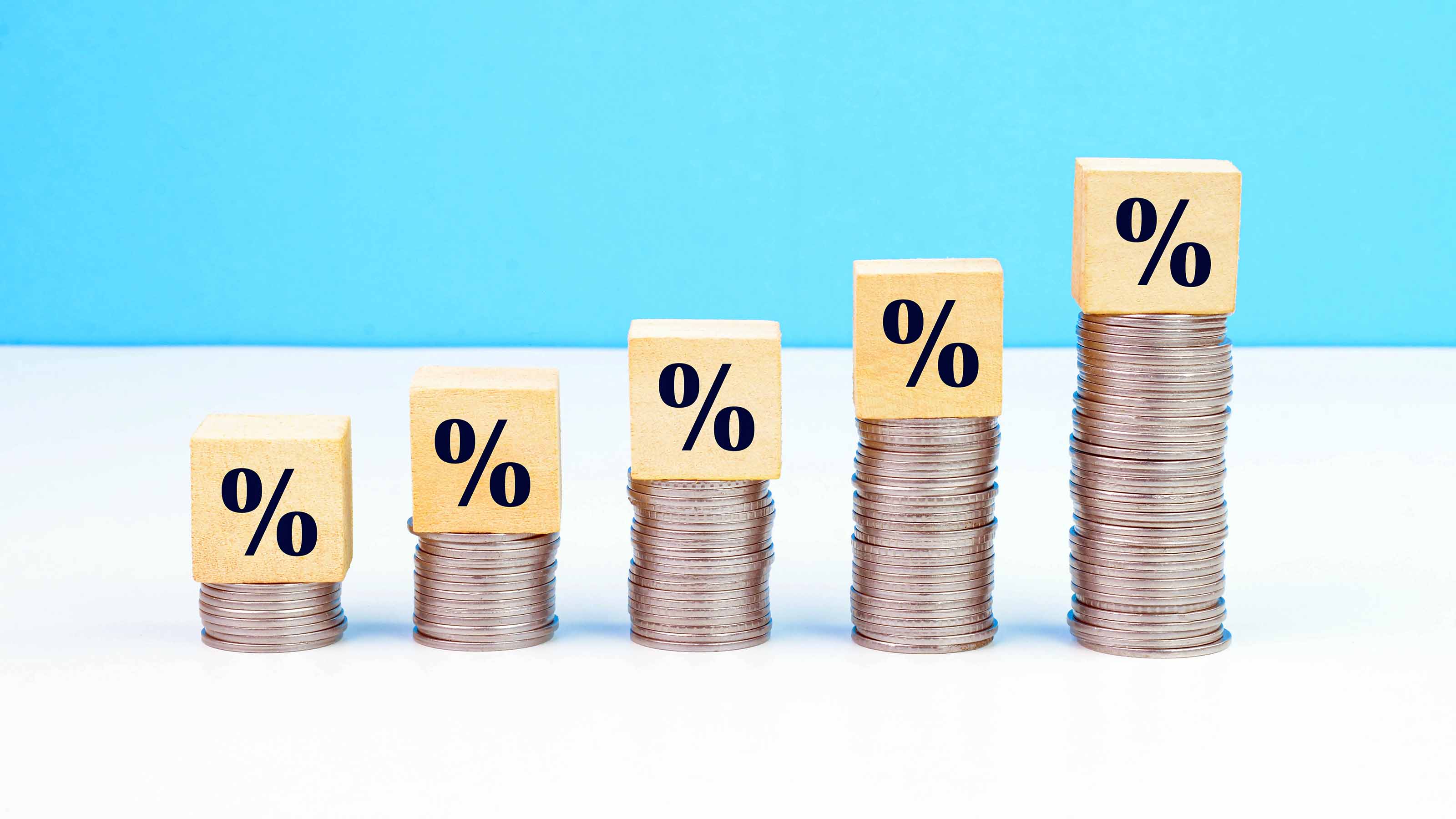Time to Buy Green?
President Obama's commitment to alternative energy provides another reason this sector's stocks will soar -- eventually.

Alternative-energy stocks have been singled out for particularly harsh punishment during the market massacre. They've been hurt by the general downturn in share prices and the plunge in oil and natural-gas prices, not to mention that many of the stocks sold at overly generous valuations before the market fell apart.
Consider First Solar (symbol FSLR), one of the best green companies. The stock took off like a rocket after the firm developed proprietary technology to make solar panels without costly silicon. From a price of $50 two years ago, the stock soared to $317 last May. It closed March 2 at $103.97.
Meanwhile, First Solar's price-earnings ratio fell from a lofty 70 to the current 16, based on analysts' estimates that the company will earn $6.60 a share this year.
From just $107.88 $24.99 for Kiplinger Personal Finance
Become a smarter, better informed investor. Subscribe from just $107.88 $24.99, plus get up to 4 Special Issues

Sign up for Kiplinger’s Free Newsletters
Profit and prosper with the best of expert advice on investing, taxes, retirement, personal finance and more - straight to your e-mail.
Profit and prosper with the best of expert advice - straight to your e-mail.
So it goes throughout the alternative-energy sector. The stocks have been mauled, but they're now selling at much less-inflated prices.
Venture-capital money is flooding into the green sector -- albeit at a tiny fraction of the pace that it poured into Internet companies during the late 1990s. Venture capitalists invested more than $40 billion in the industry last year, says Jack Robinson, co-manager of Winslow Green Growth (WGGFX) and Winslow Green Solutions (WGSLX), my favorite alternative-energy funds.
The Obama administration is pouring money into clean energy and taking other steps to foster the industry's growth. "There's been a 180-degree change in Washington," Robinson says.
He says there have been huge improvements in geothermal-energy, wind-power and solar technologies over the past few years. "The technology is better and the prices have come down," he says. Soon, users of alternative techniques will be able to sell power for the same or little more than traditional energy providers, Robinson adds. He isn't just playing with words when he says the alternative-energy sector has "the wind at its back."
Although the holdings of the two Winslow funds overlap to some degree, the funds do have key differences. Green Growth invests mainly in alternative-energy companies, but it also holds stock of other firms that are viewed as being environmentally friendly, such as Chipotle Mexican Grill (CMG). The median market value of the fund's holdings (share price times number of shares outstanding) is a small $460 million. Green Solutions invests only in companies the managers see as helping solve environmental problems, and it buys more midsize companies. The median market value of its holdings is $1.6 billion.
Both funds are risky. Green Growth, which has always been streaky, plunged 61% last year and declined 17% in 2009 through February 27. Those losses wiped out much of the fund's strong performance since its inception in 2001.
Green Solutions lost 54% last year and another 19% so far this year. The fund's launch late in 2007 couldn't have come at a worse time.
But Robinson and sidekick Matt Patsky are smart and experienced managers. I can't think of anyone who does a better job of identifying promising small companies in this sector.
What could go wrong now? As long as the global economy continues to shrivel, it's hard to see energy prices rebounding much. That isn't good for alternative-energy stocks. But when oil and natural-gas prices do turn up, as they certainly will, look for alternative-energy stocks to perform strongly.
If you want to play this sector, consider one of the Winslow funds. I prefer Green Solutions because it invests in slightly larger companies. But don't go overboard with either fund. Because they concentrate on one sector -- a young one at that -- and invest mainly in small companies, these funds are super risky. They shouldn't account for more than 5% of your stock holdings.
Steven T. Goldberg (bio) is an investment adviser and freelance writer.
Profit and prosper with the best of Kiplinger's advice on investing, taxes, retirement, personal finance and much more. Delivered daily. Enter your email in the box and click Sign Me Up.

-
 How to Plan a (Successful) Family Reunion
How to Plan a (Successful) Family ReunionFrom shaping the guest list to building the budget, here's how to design a successful and memorable family reunion.
-
 These Unloved Energy Stocks Are a Bargain
These Unloved Energy Stocks Are a BargainCleaned-up balance sheets and generous dividends make these dirt-cheap energy shares worth a look.
-
 You've Heard It Before, But This Investment Advice Still Pays Off
You've Heard It Before, But This Investment Advice Still Pays Off"Time in the market beats timing the market" ¬— been there, done that, right? But don't write off the underlying advice. There's a reason it's a popular saying.
-
 How Can Investors Profit From AI's Energy Use?
How Can Investors Profit From AI's Energy Use?Global energy demand is expected to grow by leaps and bounds over the next several years as AI usage accelerates. Here's how to get a piece of the pie.
-
 The Best Tech Stocks to Buy
The Best Tech Stocks to BuyTech stocks are the market's engine of growth. But what defines a tech stock? How do you find the best ones to buy? We take a look here.
-
 Best Stocks for Rising Interest Rates
Best Stocks for Rising Interest Ratesstocks The Federal Reserve has been aggressive in its rate hiking, and there's a chance it's not done yet. Here are eight of the best stocks for rising interest rates.
-
 ESG Gives Russia the Cold Shoulder, Too
ESG Gives Russia the Cold Shoulder, TooESG MSCI jumped on the Russia dogpile this week, reducing the country's ESG government rating to the lowest possible level.
-
 20 Best Stocks to Buy for the Joe Biden Presidency
20 Best Stocks to Buy for the Joe Biden Presidencystocks to buy We examine 20 of the best stocks to buy to take advantage of President Joe Biden's existing and expected policy initiatives.
-
 Morningstar Fund Ratings Adopt a Stricter Curve
Morningstar Fund Ratings Adopt a Stricter Curveinvesting Morningstar is in the middle of revamping its fund analysts' methodology. Can they beat the indices?
-
 Market Timing: The Importance of Doing Nothing
Market Timing: The Importance of Doing NothingInvestor Psychology Investors, as a whole, actually earn less than the funds that they invest in. Here’s how to avoid that fate.
-
 Commission-Free Trades: A Bad Deal for Investors
Commission-Free Trades: A Bad Deal for Investorsinvesting Four of the biggest online brokers just cut their commissions to $0 per transaction. Be careful, or you could be a big loser.